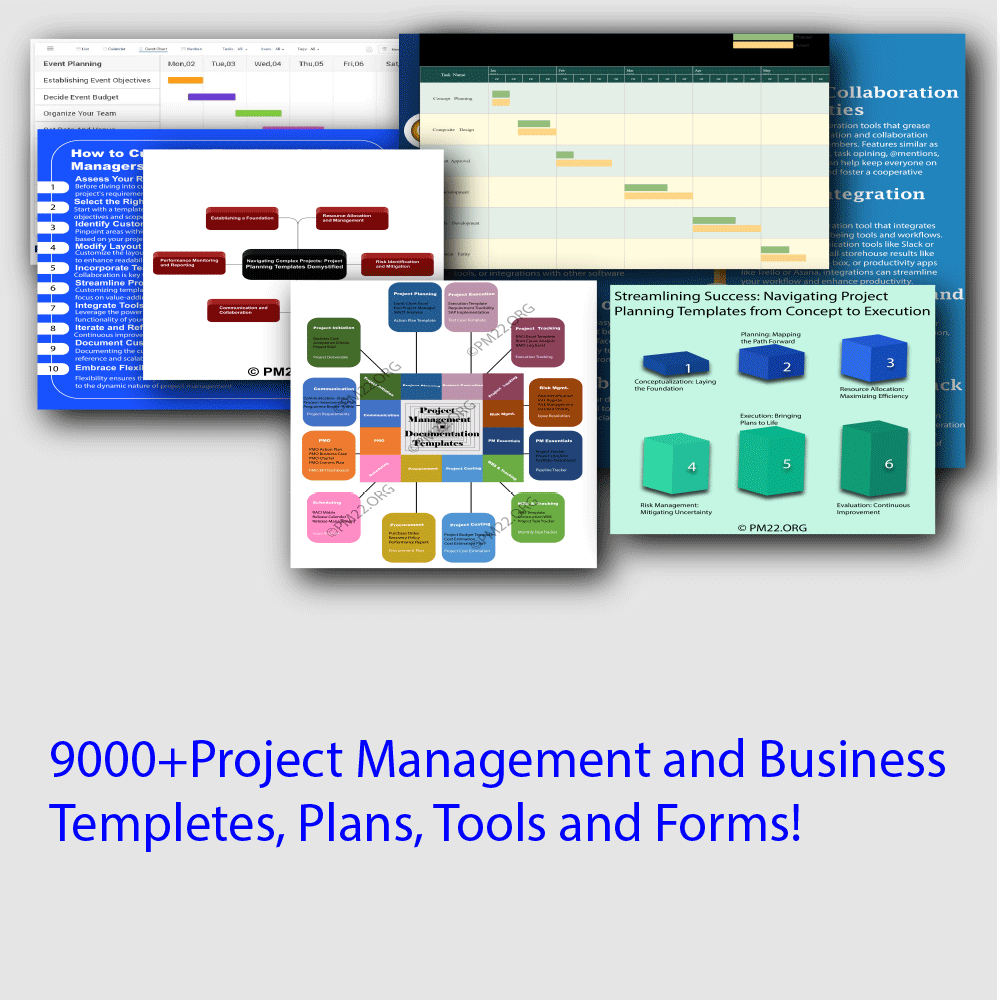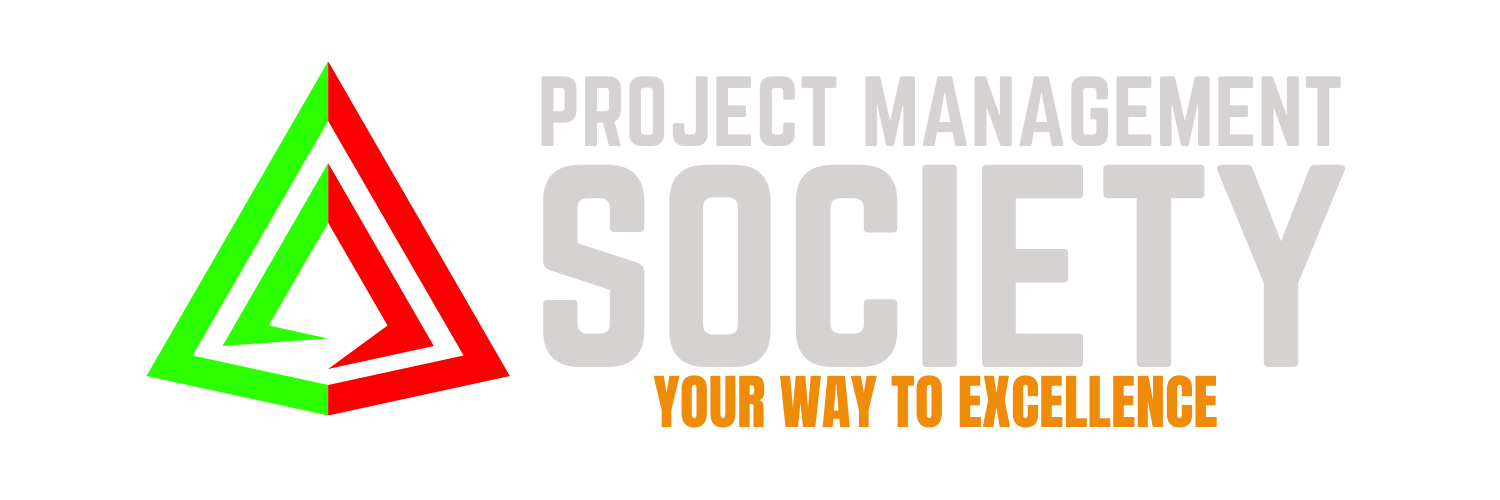 Effective communication is the lifeblood of successful project management. It’s not just about getting your point across; it’s about making sure everyone on the team is on the same page. Mastering the art of project communication requires more than just clear messages—it’s about fostering a culture of openness, understanding, and responsiveness. In this blog, we’ll explore the best practices for project communication and how you can use them to elevate your project management skills.
Effective communication is the lifeblood of successful project management. It’s not just about getting your point across; it’s about making sure everyone on the team is on the same page. Mastering the art of project communication requires more than just clear messages—it’s about fostering a culture of openness, understanding, and responsiveness. In this blog, we’ll explore the best practices for project communication and how you can use them to elevate your project management skills.
Why Communication Matters in Project Management
Project communication isn’t just a nice-to-have; it’s a necessity. Poor communication can lead to missed deadlines, misunderstandings, and failed projects. Studies have shown that ineffective communication is one of the leading causes of project failure. On the other hand, strong communication practices help create clarity, boost team morale, and keep everyone aligned on the project’s goals.
Establish Clear Communication Channels
One of the first steps in improving project communication is establishing clear channels. Every project should have designated methods for sharing information, whether that’s through email, chat platforms, or project management tools like Slack or Microsoft Teams.
Tip: Ensure that every team member knows which channels to use for different types of communication. For instance, urgent matters may need to go through a direct messaging platform, while routine updates can be posted in a shared dashboard. Defining these expectations early on reduces confusion and improves response times.
Define Communication Roles and Responsibilities
Who is responsible for communicating what? Defining roles and responsibilities helps streamline communication processes and prevents information from slipping through the cracks. The project manager typically serves as the communication hub, but it’s essential to assign communication duties to other team members as well, such as team leads or department heads.
Best Practice: Have a communication plan in place from the start that outlines who is responsible for delivering updates, addressing questions, and reporting issues. This ensures that every team member is both accountable and informed.
CLICK HERE TO DOWNLOAD 300+ PROJECT MANAGEMENT TEMPLATES & DOCUMENTS IN EXCEL
Use Consistent Messaging
Consistency is key to effective communication. Mixed messages can cause confusion, slow progress, and create unnecessary stress. Whether you’re communicating project goals, updates, or changes, always use consistent language and terminology. This ensures that everyone interprets the information in the same way.
Pro Tip: Create a project glossary to standardize terminology. This simple step helps everyone stay on the same page and avoid misunderstandings caused by different interpretations of the same words.
Schedule Regular Updates and Check-Ins
Regular communication keeps the project on track and provides opportunities to address issues early on. Schedule frequent status updates and team check-ins to ensure everyone is up to speed and any concerns are addressed promptly. Depending on the project’s complexity, these meetings can occur daily, weekly, or biweekly.
Tip: Use these check-ins to not only discuss progress but also gather feedback from the team. It’s essential to foster a two-way communication process where team members feel comfortable sharing their thoughts, challenges, and ideas.
Tailor Communication to Your Audience
Not everyone processes information the same way. Tailoring your communication style to fit the needs of your audience ensures your message is understood. For example, your stakeholders may prefer high-level summaries, while your development team may need more detailed technical information.
Best Practice: Before sending out any communication, ask yourself: Who is the recipient? What do they need to know? How should I deliver this message to ensure they understand it clearly? Adapting your style to fit your audience boosts engagement and reduces the likelihood of miscommunication.
Leverage Visual Communication
Sometimes, words alone aren’t enough. Visual aids like charts, graphs, and timelines can be incredibly effective in helping teams grasp complex information quickly. For example, using Gantt charts to illustrate project timelines or burn-down charts to show progress helps make the data more accessible.
Tip: Incorporate visual elements into your communication strategy whenever possible. Whether it’s through PowerPoint presentations, dashboards, or project management software, visuals can help break down complex information and increase team comprehension.
Foster Open and Honest Communication
One of the most critical aspects of project communication is fostering an environment of openness and honesty. Encourage team members to speak up when they encounter challenges, have concerns, or need clarification. A culture of open communication helps identify problems early and builds trust within the team.
Pro Tip: Lead by example. As a project manager, it’s essential to be transparent and approachable. When your team sees that you’re open to feedback and willing to listen, they’re more likely to follow suit.
Document Everything
Finally, documentation is a vital part of project communication. Keeping thorough records of decisions, meetings, and progress ensures that everyone has a reference point if there’s ever a question or dispute. It also helps onboard new team members quickly if they join the project mid-stream.
Best Practice: Use a central location, such as a shared drive or project management tool, to store all project documentation. This allows for easy access and ensures that everyone can reference the latest information whenever needed.
CLICK HERE TO DOWNLOAD 300+ PROJECT MANAGEMENT TEMPLATES & DOCUMENTS IN EXCEL
Conclusion: Communication Is the Key to Success
Mastering project communication isn’t something that happens overnight. It takes consistent effort, a willingness to adapt, and a commitment to creating a transparent, open environment. In The Art of Project Communication, by implementing the best practices outlined above, you can significantly improve your communication skills, keep your team aligned, and ensure that your projects run smoothly.
Remember, the art of project communication is all about clarity, consistency, and connection. With the right approach, you’ll not only keep your projects on track but also build stronger, more cohesive teams along the way.
